When passions are aroused, all of us are liable to overstate our case. Dan Hicks, a curator at Oxford’s extraordinary Aladdin’s Cave of anthropology, the Pitt-Rivers Museum, is perhaps a case in point. A Swedish academic, Staffan Lunden, has convincingly argued that Hicks is guilty of “distortion” when writing about the British raid on Benin in 1897, which brought several thousand objects, including finely wrought brass statuettes, to museums across the world. Hicks published his uncompromising views in 2020 in a prize-winning book, The Brutish Museums: The Benin Bronzes, Colonial Violence and Cultural Restitution. His opinions about the Benin bronzes – which have been instrumental in the restitution movement – are only part of his wider program that would leave thousands of gaps in the cabinets of the world’s finest museums.
The scholarly status of one of the key texts of the pro-restitution movement has been called into question
Lunden is thanked by Hicks in Brutish Museums, and insists that Britain’s colonial conquests involved violence and racism. In a recent article he writes: “The book’s overarching aim, to make the British (and one can add, westerners in general) come to terms with the colonial past and its enduring legacies, is easy to agree with.” He is not an instinctive enemy of Hicks. This only makes his devastating denunciation more powerful. Lunden says:
The Brutish Museums has all the outward characteristics of being a well-researched and solid academic work, but a closer look reveals that it is not. The numerous errors and systematic misreading of sources resulting in wholly unsubstantiated claims about British violence and Edo casualties call its status as a scholarly work into question. It is worth further academic inquiry and discussion as emblematic of the post-truth era, where emotion, oversimplified messages, and personal opinion take precedence over evidence, but should be treated with extreme caution in any serious discussion on Benin history and the future of the Benin objects.
No one is suggesting that Hicks has mischievously invented evidence. Rather, Lunden’s case is that he has tried to fill gaps in the evidence – for instance, the number of those killed by British troops – by using estimates derived from other colonial wars, and that he has ignored some of the best evidence, which lies in Britain’s National Archives at Kew. If this is all correct, Hicks is guilty of the fault that far too many historians make: of deciding what he wants to demonstrate before mastering the data, for it is on evidence alone that conclusions can be built.
Hicks emphasizes colonial violence while the mass enslavement and large-scale human sacrifice practiced by the Oba, or king, in his palace in Benin is quickly dismissed. Following the suppression of the slave trade by the British navy, the transatlantic market for slaves shrank, and surplus captives from the Oba’s wars were put to death in gruesome, bloody rituals. British suppression of these acts was conveniently ignored when St. Paul’s Cathedral, advised by Hicks, proudly placed a memorial to the Oba by the Nigerian artist Victor Ehikhamenor in the crypt.
Historians, in a democratic society, do not exist to pass judgment, but to identify the truth, as Lunden has aimed to do. The ethical dimension, thoughtfully explored in Nigel Biggar’s book Colonialism (2023), belongs to a different realm, where the question arises whether restitution should be made. The British Museum benefited significantly from this haul of apparent plunder, as did museums across the globe. But several other British collections also acquired objects from Benin, including the Horniman Museum in south London. There, as the director recently explained to me, they resolved to return their Benin bronzes, but the Nigerians permitted the museum to hold on to many of them on long-term loan.
Yet Benin bronzes have already disappeared from view, following President Buhari’s 2023 declaration that the rightful owner of the objects is the current Oba, Ewuare II. There is now scant information on what has happened to the 22 bronzes that were returned by Germany in 2022. Only one is thought to be on display at the Oba’s palace, viewable solely by the Oba’s guests. Since the first handover, Germany has kept hold of the further 1,108 bronzes that, legally, is now owned by the Nigerian Commission for Museums and Monuments (NCMM). Cambridge University, too, has stalled on its promise of returning 116 bronzes, which were due to go back on May 16, 2023, thinking it “better to pause.” Oba Ewuare II, meanwhile, wants all the bronzes to be treated as his own possessions – a view that is at odds with many within the NCMM.
Then there are the arguments of the “Restitution Study Group” in the United States, which has made a case for the correct beneficiaries being the descendants of Benin slaves now living in America. Will the great museum planned for Benin ever open? Will it contain all the returned objects? And will the crowds who look at these objects in the British Museum and elsewhere travel to Nigeria to see them? Amid all this confusion, it feels like the tide might be turning on the case for restitution.
There is an intellectual danger too: that by returning objects, they lose their power to speak to the wider public about the civilizations from which they hail. From that perspective, what is regrettable is not that so many contested objects are found in the three greatest “universal museums,” the British Museum, the Louvre in Paris and the Metropolitan Museum in New York, but that there are not more such museums across the globe that illuminate the history of humanity. Hicks hates universal museums; he calls for the “physical dismantling of the white infrastructure of every anthropology and ‘world culture’ museum.” He really must detest his job if he wants to abolish it.
There is scant information on what happened to the 22 Benin bronzes returned by Germany in 2022
The irony is that the urge to “decolonize” university syllabuses by editing out “pale, male and stale” authors or artists from Britain and the West in favor of the creative production of everyone from the Aborigines to the Zulus – as the current UK Education Secretary wants us to do – is exactly what happens already in universal museums.
The argument broadens out when other claims are considered. The Elgin Marbles may well be sent to Athens in a reverse exercise to that of the Horniman Museum: the British Museum would claim ownership, but they would be on permanent loan to the Acropolis Museum. And, we are told, the British Museum can, at great expense, make exact replicas out of the Pentelic marble from which they were carved, and put them on show in London – as if its millions of visitors prefer fakes to the objects lovingly carved by the hand of the greatest Athenian sculptors. Moreover, as a distinguished classicist observed to me the other day, what is all this nonsense about returning them to the Greek nation? They were a symbol of Athenian imperial power, which was exercised ruthlessly through the Delian League and the city’s powerful fleet. They are not monuments to the birth of democracy, as Greek politicians proclaim, or proof of a common identity whose return would cement a new relationship with Europe, as Keir Starmer apparently thinks. As objects that help us understand the evolution of naturalistic sculpture out of the rigid formalism of early Greek (and before that, Egyptian) art they belong in a collection which documents the arts across the world, and that brings to life the relationship between peoples and cultures in past times – in other words, the British Museum.
No doubt arises about the ability of the Acropolis Museum to look after the Elgin Marbles, but returned objects have to be properly conserved, and that demands scientific infrastructure. They have to be kept securely (not that the British Museum has covered itself in glory in this respect). They need to be on display but also accessible for scholarly investigation. That is why university museums have been drawn into the argument; they hold these objects to fulfill their obligation to conduct teaching and research. Returning an object is not simply a matter of putting it in the post as if it had been ordered from eBay.
Tiffany Jenkins’s 2016 Keeping Their Marbles and Justin Jacobs’s 2024 Plunder? How Museums Got Their Treasures cast serious doubt on the argument that our museums are stuffed with loot. Jacobs has documented a whole series of legal acquisitions that have saved ancient treasures from decay or destruction, such as the 30,000 documents from the Dunhuang caves in western China; they are in the British Library and the subject of an excellent exhibition about life on the Silk Roads. An identical argument applies to the Elgin Marbles. When dealing with objects acquired well before anyone now alive was born, the ethical issues are different to those that arise with, for instance, art looted from Jewish owners by the Nazis, to which viable claims are made by the family of the legal owner.
Jenkins asks why politicians have seized hold of the question of reparations, and suggests that it may be “an excuse for not doing things today.” Vague talk of the “legacies” of past malpractice are turned into unpayable bills. One absurd report calculates that Britain owes the world £19 trillion in reparations; no magic money tree is that large.
Restitution is virtue-signaling of an irresponsible sort, threatening the integrity of great collections by pretending to apologize for past sins, often connected to empire building. Can we ever sincerely and validly apologize for the sins of our ancestors? We cannot apologize to the slaves carried in frightful conditions across the Atlantic. We cannot apologize to the children forced to work in British coal mines. Past people thought differently to us about race, gender, religion and other issues that are high on the modern political and social agenda. The best we can do is to document truthfully and dispassionately what happened in the past; that is the finest tribute to wronged ancestors.



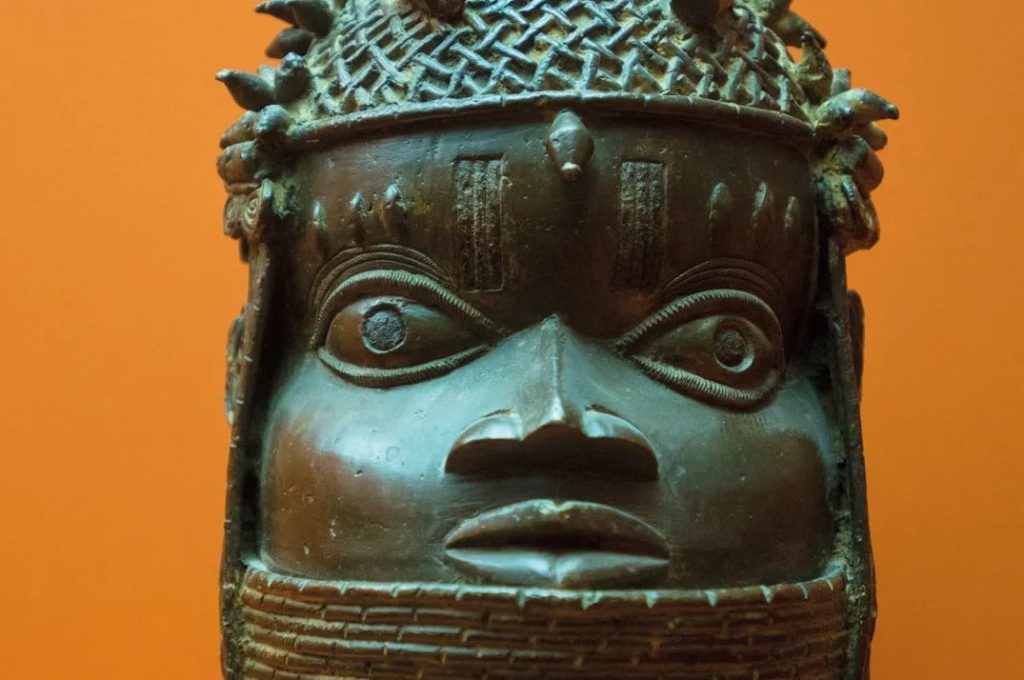







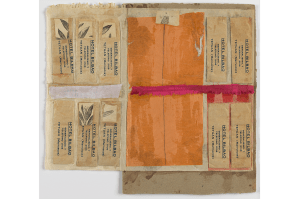
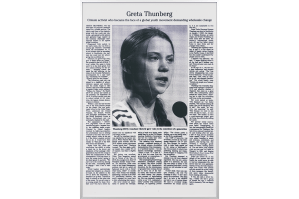
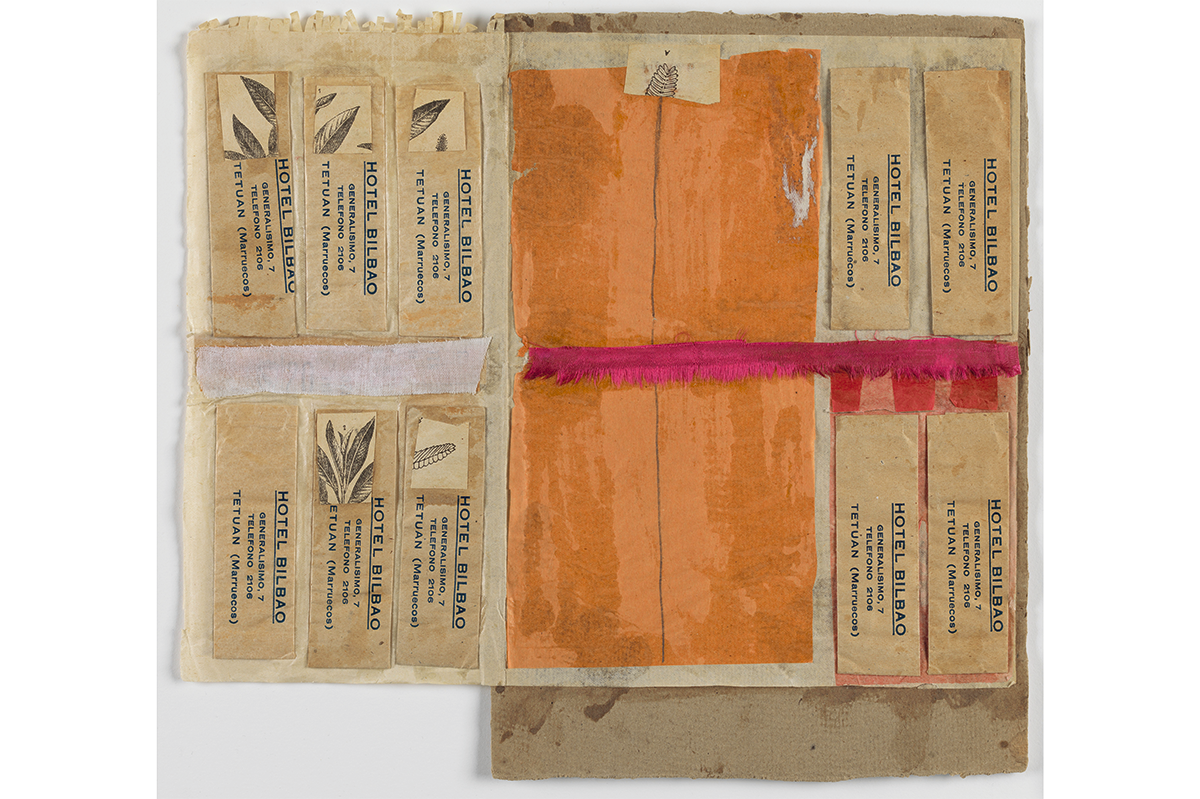

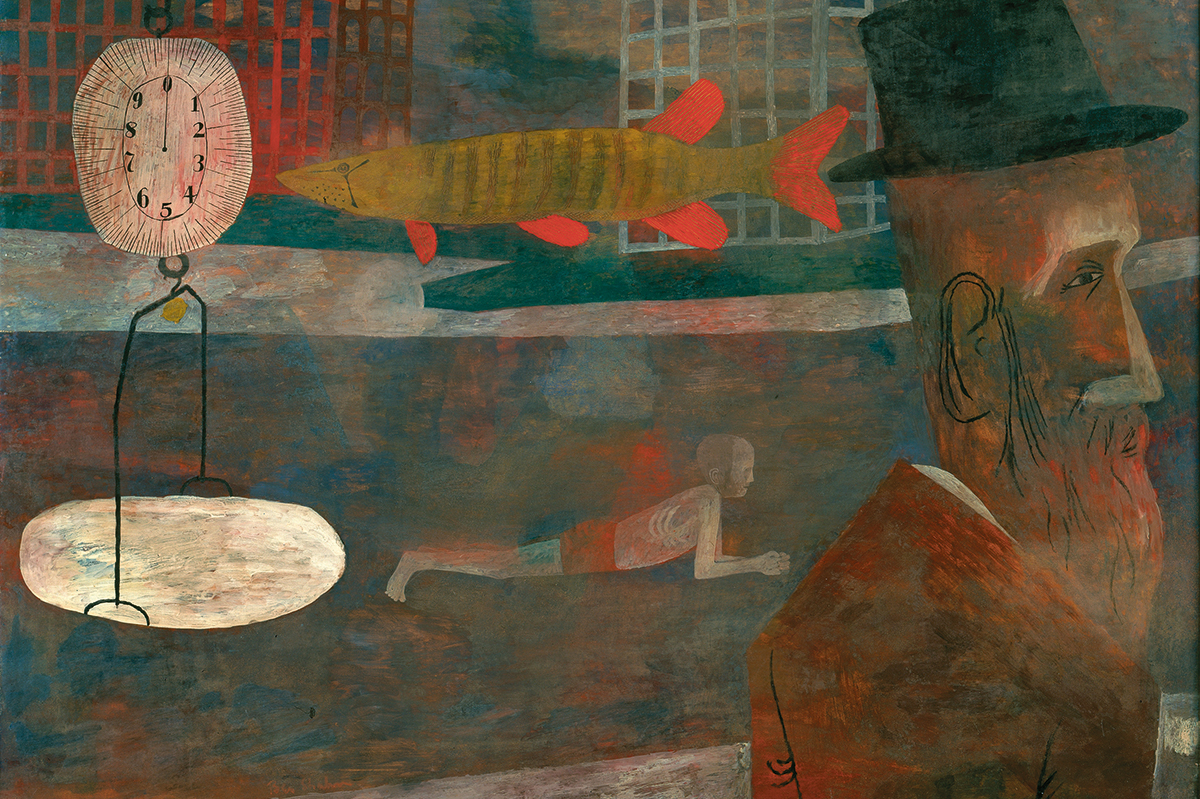
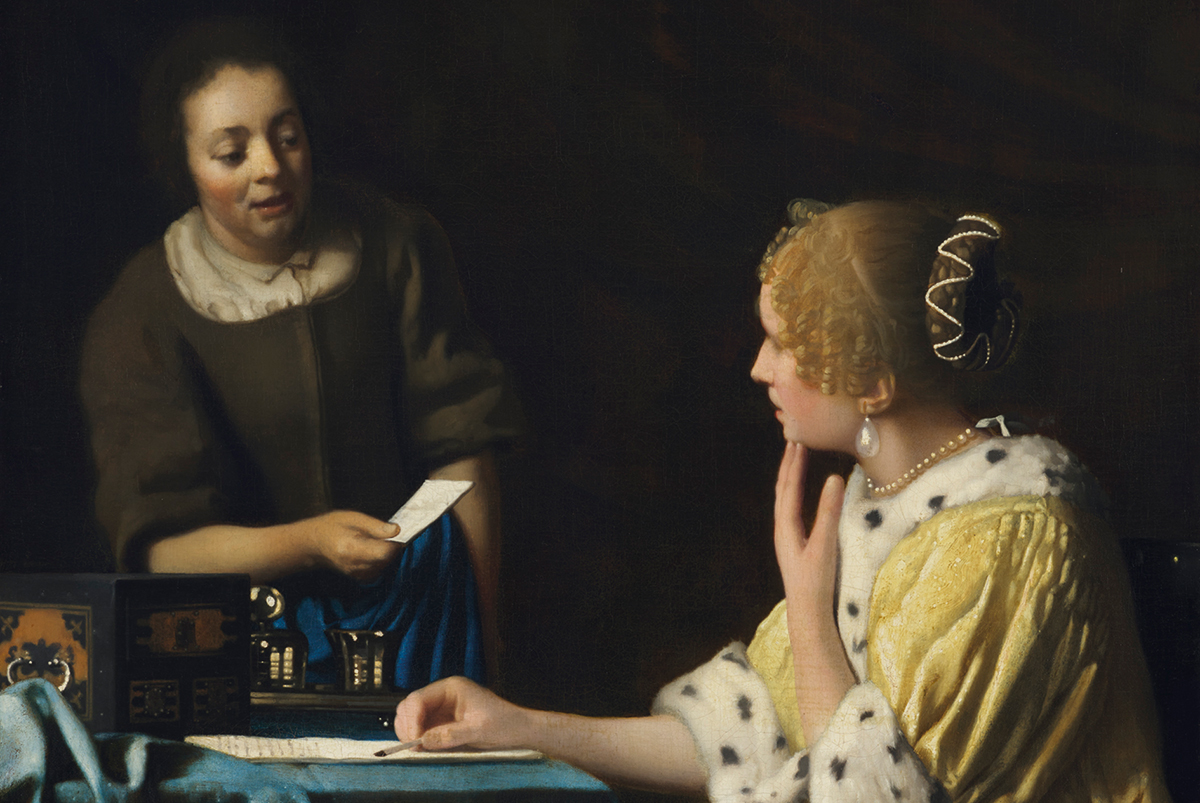
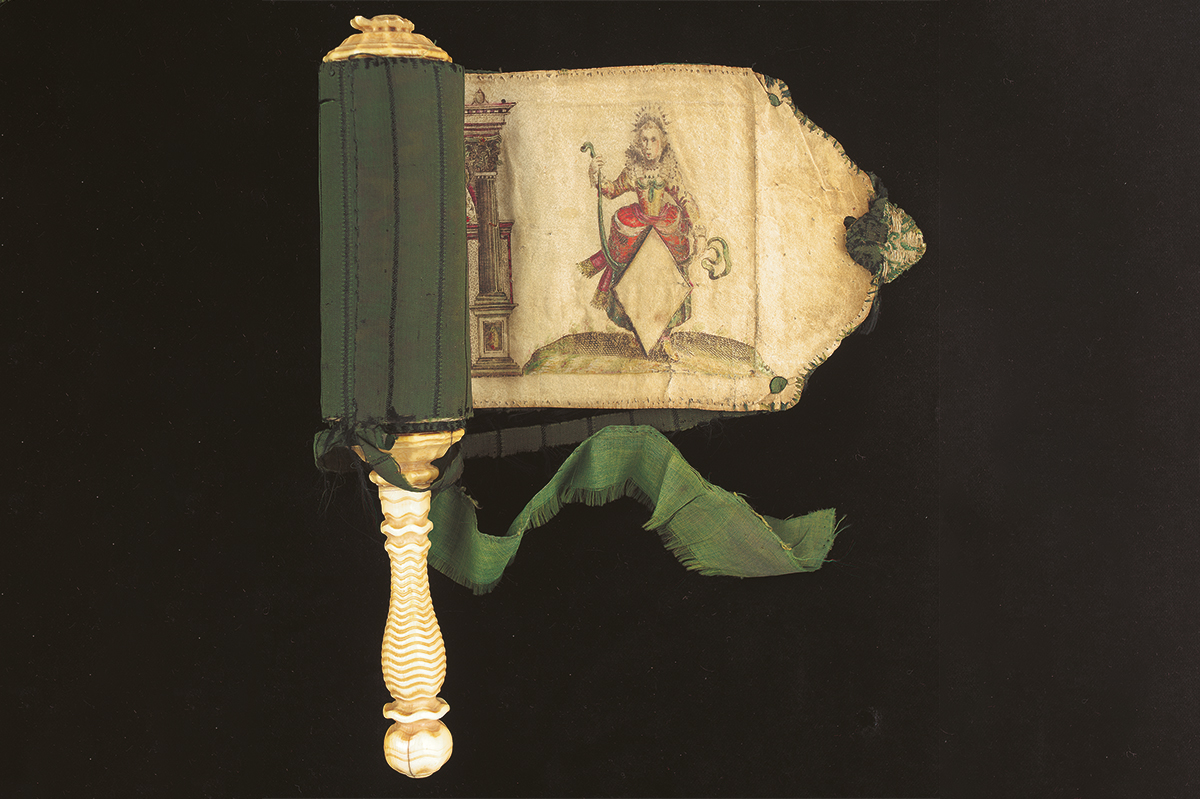
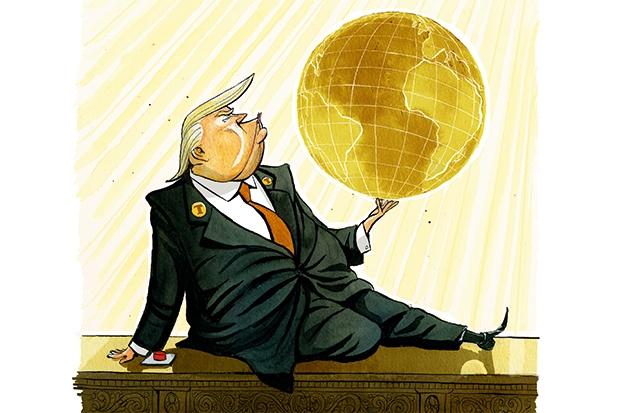







Leave a Reply